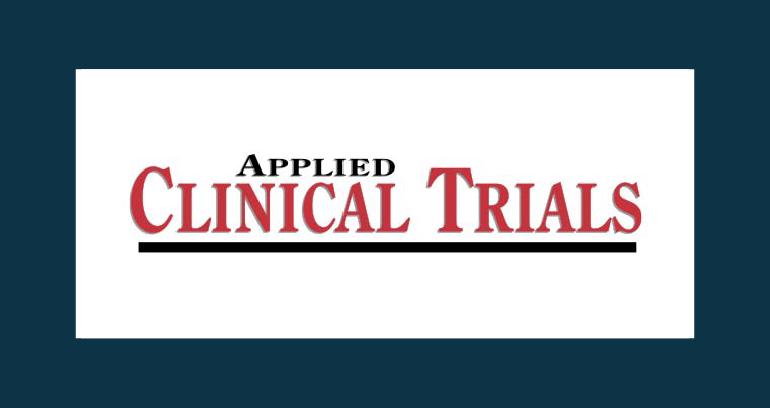
How leaders can micro-monitor instead of micromanage to fuel growth
A focus on monitoring the overall experience of the employee sets the groundwork for better company culture.
Some say the increase in remote work has led to the rise of quiet quitting, among other more traditional challenges faced by distributed teams. But if the trend of quiet quitting signals anything related to a flexible workforce, maybe it’s more about leaders than employees.
Remote and hybrid work models are here to stay. Leaders must now identify ways to effectively manage teams while avoiding overbearing behavior that fuels burnout and disengagement. Employee experience (EX) is central to employee well-being—directly feeding into both output and retention. Sustained enterprise success relies on investments in EX, and much of this starts with adapting management tactics so employees aren’t left feeling frustrated, discouraged, or distanced from their goals.
A focus on monitoring the overall experience of the employee sets the groundwork for a better company culture designed around high-quality EX. Here are three core tenets for adopting the most beneficial micro-monitoring practices.
Monitor with intention
More intentional monitoring must occur to ensure consistent employee performance, results, and achievement of both individual and organizational goals. Despite their best intentions, managers can develop damaging habits, especially in high-growth environments. One example is when they rework projects on a team member’s behalf to meet a deadline or deliverable rather than taking the time to provide guidance and revisions.
Effective leaders should be involved in details, but not overly so. It can be hard for entrepreneurs, in particular, to loosen the reins. But as the organization grows, it’s not feasible to have a hand in everything. This is why it’s vital to develop a strong, trusted team early on.
The most beneficial approach is to invest the time upfront. Show teammates how to complete their work, provide training, or discuss expectations. Then monitor progress, don’t manage it. Even the word choice sets a different tone: We manage people and we monitor progress. Expect good results and provide feedback and coaching. This not only sets employees up to be independent and confident, but also creates leadership and team alignment that is empowering and fosters mutual trust.
Focus on fewer KPIs
Micro-monitoring practices will differ from one leader to the next, but the foundation of trust and team alignment on both the small- and large-scale views are non-negotiables for this approach. Top-down trust is just as—if not more—necessary than bottom-up trust. When executive leadership is attentive but not aggressive, employees are confident that they’re producing quality work and are trusted to do so without intense oversight. Micro-monitoring is about alignment and communication, not surveillance.
A critical piece of micro-monitoring involves setting expectations around KPIs early and being strategic in monitoring only those that really matter. Leaders tend to get carried away with which metrics to track, so pulling back at the onset and identifying which are just noise, rather than a signal, is imperative.
Consider leading versus lagging indicators that you can track and discuss. By managing milestones throughout the year, leadership doesn’t need to be hands-on every day. Emphasizing metrics monitoring gives employees space to leverage their autonomy and explore different approaches to reach KPIs.
Making mistakes along the way is a part of human nature and a big component of growing a business. It’s empowering to create a culture where it’s okay to slip up. While this may sound risky, micro-monitoring doesn’t mean that if something’s going in the wrong direction, a leader can’t course correct. Offer the space to try new things, with the cushion of the necessary guidance if things go awry instead. Leaders who understand that with risk comes reward and focus on the output, without getting caught up in the minutia, will see a considerable shift in their company’s continued success.
Lead with humility
No one person has all the answers, and leaders must remind themselves of this. In many cases, others may have a unique idea of the strongest approach for a task. When creativity is encouraged rather than stifled, it can lead to innovation.
There will be times when something was not managed properly. Developing a “disagreement versus disapproval” norm in company culture is one way to ensure feedback is constructive and not personal. Disapproval can be demotivating, but respectful dissent can make all the difference in long-term company loyalty and individual-level confidence. A strong foundation of trust and respect makes employees feel assured that their calculated risks won’t be detrimental to the stability of their tenure. They will be empowered to continue to grow their business acumen.
While talent recruitment is an important aspect of operations, so are retention practices. Establishing workplace trust and independence will move the needle in improving team morale, working relationships, and efficiency. Leaders who show confidence in their team foster happier, more loyal employees. And those who keep their pride in check and invest time in cultivating trust-based micro-monitoring approaches can reinvigorate employees’ dedication to the company’s goals.
Author

Raj Indupuri
A technologist with over 25 years of industry experience, Raj Indupuri is responsible for establishing the eClinical Solutions vision and future-looking technology strategy. He is deeply passionate about fostering innovation to revolutionize the Life Sciences industry with ground-breaking technologies that will modernize clinical trials and bring treatments to patients faster. As an industry veteran who has been part of the evolution of Life Sciences and clinical data management for over two decades, Raj has an astute business vision to realize the digital future and enable progress and potential with data and analytics at the core of the company’s innovative products and solutions. Raj is responsible for the overall direction and management of the company and is a Mechanical Engineer with an MBA from Boston University who firmly believes data is the new fuel that will drive human progress.
By submitting, you agree to the processing of your personal data by eClinical Solutions as described in our Privacy Policy.






